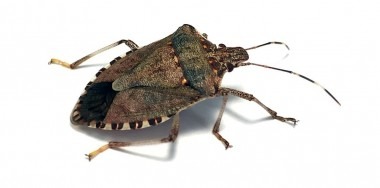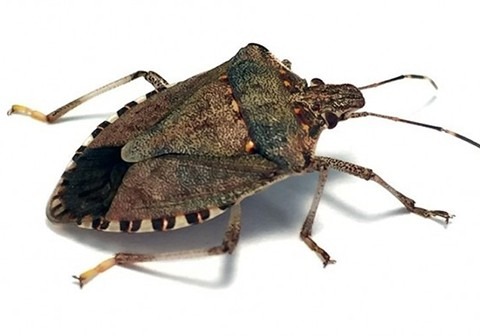
For the 2022 through to 2023 shipping season, the Australian Department of Agriculture has introduced heightened control measures to prevent the invasion of the Brown marmorated stink bug (BMSB) from other infested areas of the world.
The Brown marmorated stink bug is an agricultural, horticultural and social pest. If it enters Australia and gets established, it could devastate fruit and vegetable crops. These bugs also move indoors during winter in large numbers, and if disturbed, release a noxious odour. Needless to say, we want to keep them out, so these control measures will have an impact on importers and agents booking shipments which originate from BMSB affected countries.
What shipments are affected?
The BMSB is a hitchhiker and is known to get into luggage, clothing, parcels and shipping containers. Any shipments from the 37 countries with populations of BMSB containing vehicles, machinery or parts must be treated by an Australian government approved treatment provider at origin.
This includes any containers with high risk goods transported as break bulk, open top, in gauge and flat rack consignments. Also, any containers that have been modified will also require mandatory offshore treatment.
Any shipments that do not meet these strict control measures risk being denied entry into Australia. With the current pressures and delays on global shipping, we don’t need further issues in our supply chains.
How long do the seasonal measures apply?
The list of target risk countries affected by these measures includes large areas of Asia, Europe, UK and USA. The measures apply to targeted goods manufactured in or shipped from the 37 target risk countries.
This includes goods shipped between 1 September 2022 and 30 April 2023, and includes vessels that berth, load or tranship in any of those countries during this period.
The date used to determine when goods have been shipped is recorded on the Ocean Bill of lading, not the ‘gate-in’ date and time, which won’t be accepted as a shipping date.
What products are affected by the control measures?
The Department of Agriculture has a detailed list of target high risk goods and target risk goods. High risk goods require mandatory treatment and risk goods are only subject to random inspection for increased onshore intervention. Generally, the list includes a wide range of materials used in manufacturing, but please check the list in detail. This includes goods from known risk pathways and supply chains which have had previous BMSB detections.
If your goods are not in either category, they won’t need treatment. However, if they were shipped on a vessel also carrying any high risk or risk goods, they will become subject to the control measures.
What are the methods for treatment?
The Ministry of Agriculture has approved treatment methods for BMSB. These include heat and various fumigants. Some products can be treated onshore, all others will need offshore treatment to eliminate any BMSB stowaways.
The Department of Agriculture has aligned the control measures with New Zealand’s Ministry for Primary Industries, but each country will not carry out control measures for the other.
Finally, it’s important to note that these control measures will be reviewed throughout the season and adjusted to manage the risk of BMSB as necessary, so we will post any developments as they occur.
If you have any questions, please feel free to contact us or the Australian Department of Agriculture for more information.








